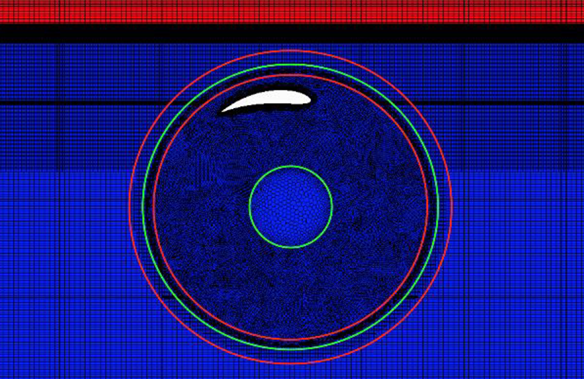Work Package 03 Update - Project Month 15
Recent work on hydrodynamic modelling has focused on assessing the computational capabilities of the numerical toolsets developed during the first phase of the project, followed by preliminary validation of the high-fidelity numerical methods. More detail on these works is presented in Deliverable D3.2 “Preliminary Assessment of Computational Capability”.
Results obtained from the first set of validation simulations show excellent agreement with experimental model test data obtained from the literature. It was found that despite the small scale and Reynolds Number of these experiments (1:300, Re < 10e5), the influence of the boundary layer on hydrofoil-free surface interactions remains low. This suggests that potential flow models might prove capable of estimating system performance with reasonable accuracy, even at model scale.
While the high-fidelity models are currently being used for investigation of specific effects such as foil-wake interaction and assisted design of the physical models and test programme, the global model has been further developed towards a holistic consideration of the LiftWEC device. The current goal for development of the global model is to permit the estimation of the annual energy production of the various potential LiftWEC device configurations under consideration.

Figure 1: Mesh used for single-foil validation simulations using RANS showing polygonal overset and quadrangular background grid resolution. Colours indicate air and water phase.